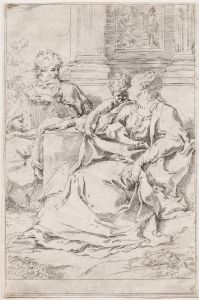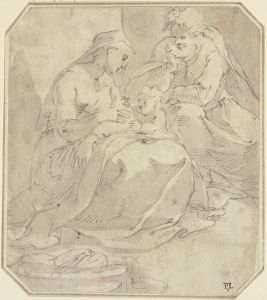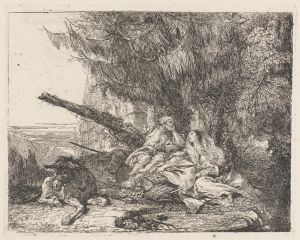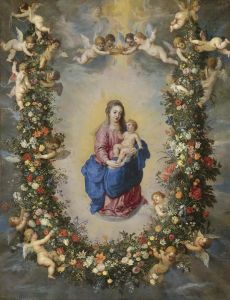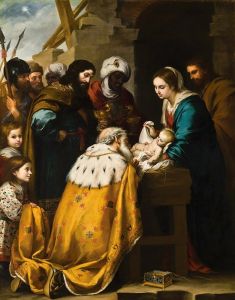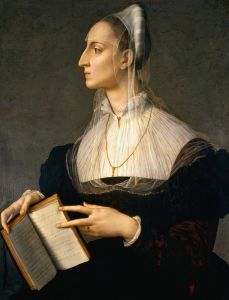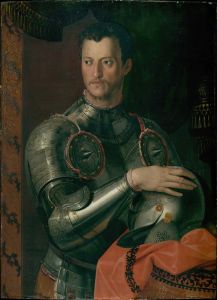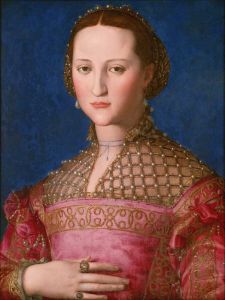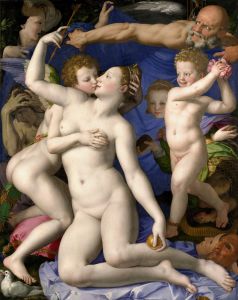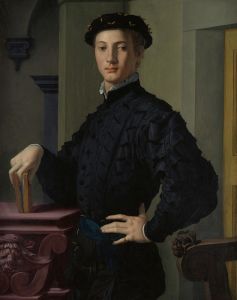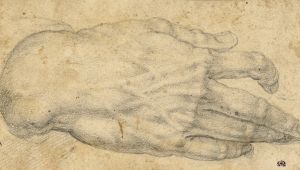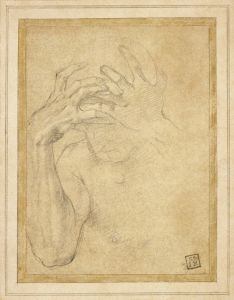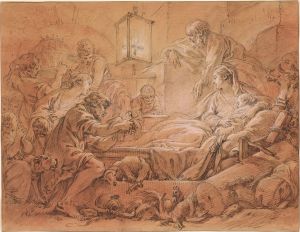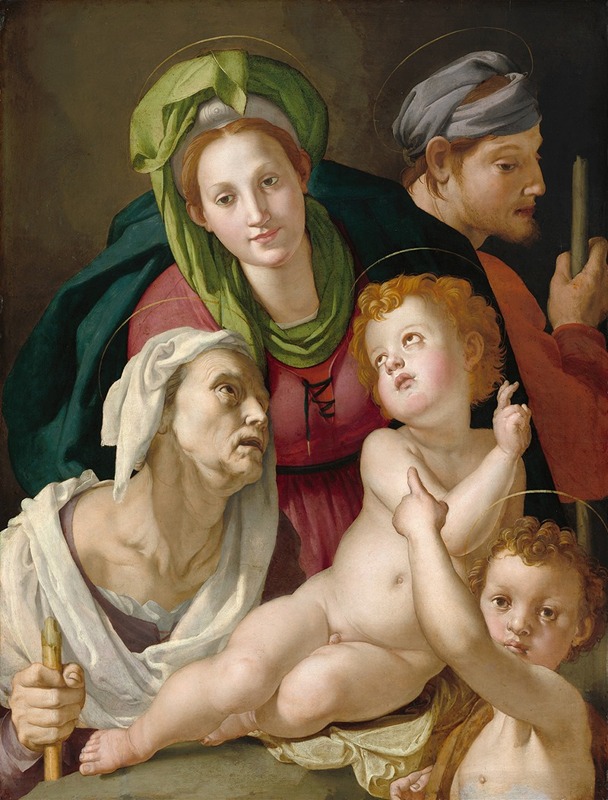
The Holy Family
A hand-painted replica of Agnolo Bronzino’s masterpiece The Holy Family, meticulously crafted by professional artists to capture the true essence of the original. Each piece is created with museum-quality canvas and rare mineral pigments, carefully painted by experienced artists with delicate brushstrokes and rich, layered colors to perfectly recreate the texture of the original artwork. Unlike machine-printed reproductions, this hand-painted version brings the painting to life, infused with the artist’s emotions and skill in every stroke. Whether for personal collection or home decoration, it instantly elevates the artistic atmosphere of any space.
Agnolo Bronzino, an eminent Italian Mannerist painter of the 16th century, is renowned for his sophisticated and elegant portraits as well as his religious compositions. One of his notable works is "The Holy Family," which exemplifies his mastery in rendering figures with a sense of grace and poise, characteristic of the Mannerist style.
"The Holy Family" by Bronzino depicts the biblical figures of the Virgin Mary, Saint Joseph, and the infant Jesus. This painting is a fine representation of Bronzino's ability to blend religious themes with the refined aesthetic qualities of the Mannerist movement. The composition is marked by its clarity, precise lines, and the serene yet slightly aloof expressions of the figures, which are hallmarks of Bronzino's style.
In this work, Bronzino employs a sophisticated use of color and light to enhance the figures' three-dimensionality and to create a harmonious balance within the composition. The figures are often depicted with elongated forms and elegant postures, reflecting the Mannerist tendency to prioritize style and grace over the naturalism that characterized the preceding High Renaissance period. The painting's background is typically understated, directing the viewer's focus towards the central figures and their interactions.
Bronzino's "The Holy Family" is also notable for its attention to detail, particularly in the rendering of textures and fabrics. The drapery of the Virgin Mary's garments, for example, is depicted with meticulous care, showcasing Bronzino's skill in capturing the play of light on different surfaces. This attention to detail extends to the facial features of the figures, which are rendered with a smoothness and idealization that contribute to the overall sense of refinement and elegance.
The painting reflects Bronzino's connections with the Medici court in Florence, where he served as a court painter. His work was highly regarded for its intellectual sophistication and technical precision, qualities that appealed to the tastes of the Florentine elite. "The Holy Family" thus not only serves as a religious icon but also as a testament to the cultural and artistic milieu of 16th-century Florence.
While specific details about the commission and provenance of "The Holy Family" may not be extensively documented, the painting remains an important example of Bronzino's religious works. It highlights his ability to convey spiritual themes through a lens of artistic elegance and compositional harmony, characteristics that have cemented his reputation as one of the leading figures of the Mannerist movement.
In summary, Agnolo Bronzino's "The Holy Family" is a distinguished work that encapsulates the essence of Mannerist art through its elegant portrayal of religious figures, sophisticated use of color and light, and meticulous attention to detail. It stands as a testament to Bronzino's artistic prowess and his significant role in the cultural landscape of Renaissance Florence.






